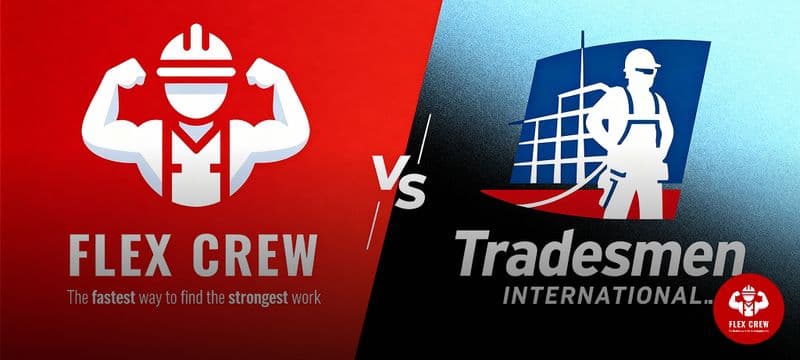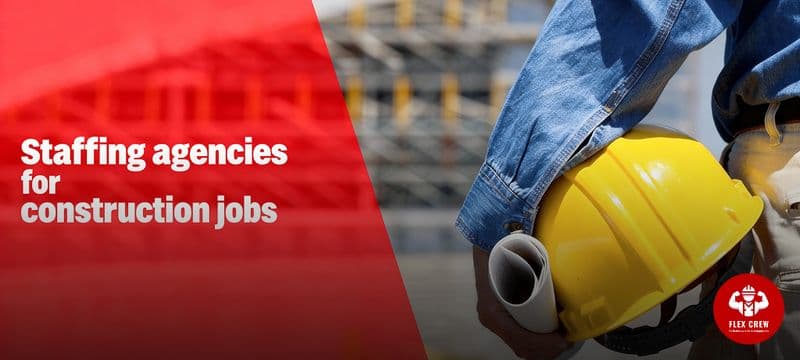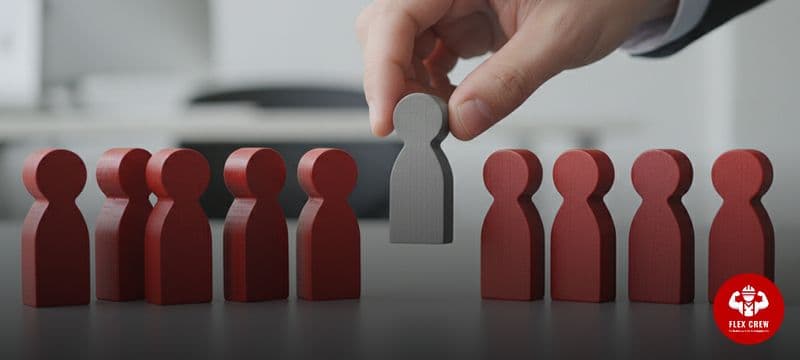Construction waste management involves systematically reducing, reusing, and recycling materials generated during building projects to minimize environmental impact and control disposal costs. Effective waste management can reduce construction project expensesby up to 30% while diverting over 70% of materials from landfills through proper planning and implementation. This comprehensive approach transforms waste streams into valuable resources while ensuring regulatory compliance.
Understanding Construction Waste: The Hidden Cost of Building
Construction and demolition activities generate massive amounts of waste that significantly impact both project budgets and environmental sustainability. The construction industry produces approximately 600 million tons of waste annually in the United States alone, representing nearly one-third of all solid waste generated nationally.
Types of Construction Waste:
- Inert waste: Concrete, bricks, tiles, ceramics (40% of total waste)
- Wood products: Lumber, plywood from framing and finishing (25%)
- Metals: Steel beams, copper wiring, aluminum components (15%)
- Drywall and plaster: Gypsum-based interior materials (10%)
- Packaging materials: Cardboard, plastic wrapping (5%)
The economic impact extends beyond disposal fees. Projects without proper waste management face increased material costs, extended timelines, and potential regulatory fines. Poor waste handling creates safety hazards and damages company reputation with environmentally conscious clients.
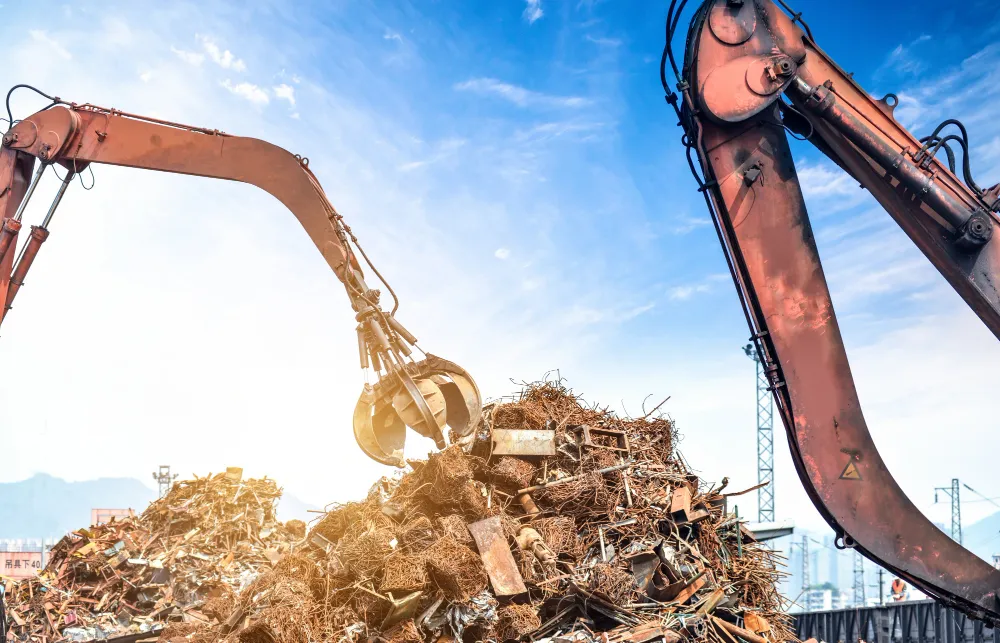
The Business Case for Construction Waste Management
Smart waste management delivers tangible benefits that directly impact your bottom line and operational efficiency.
Cost Reduction Benefits
Proper material estimation prevents over-ordering, which accounts for up to 30% of construction waste on typical projects. Segregating materials on-site creates revenue opportunities through recyclable material sales. Steel, copper, and aluminum have strong resale markets, with recyclable material sales offsetting 15-25% of waste management expenses.
Competitive Advantages
Clients increasingly prioritize sustainability credentials when selecting contractors. A documented track record of effective waste management differentiates your company in competitive bidding situations and opens doors to premium green building projects.
Implementing the 3 R's: Reduce, Reuse, Recycle
Reduce: Prevention at the Source
Design Optimization: Work with architects during planning to optimize material usage. Standard-sized components reduce cutting waste, while modular designs minimize field modifications.
Accurate Material Takeoffs: Building Information Modeling (BIM) software calculates precise material requirements, reducing over-ordering by 10-15% compared to traditional estimation methods.
Just-in-Time Delivery: Coordinate delivery schedules to match construction progress, minimizing on-site storage and material damage.
Reuse: Extending Material Life Cycles
Salvage Operations: Carefully deconstruct existing structures to preserve valuable materials. Reclaimed wood, architectural elements, and fixtures can be integrated into new projects.
Internal Material Libraries: Establish systems to catalog and store materials from completed projects for future use across multiple job sites.
Recycle: Closing the Material Loop
On-Site Segregation: Implement clearly marked collection systems for different material types. Color-coded containers and prominent signage help workers properly sort materials.
Partnership Development: Establish relationships with local recycling facilities and material processors for competitive pricing on large volumes.
Creating Your Waste Management Plan
A comprehensive waste management plan serves as the roadmap for implementing effective strategies throughout your project lifecycle.
Assessment and Goal Setting
Begin with analyzing expected waste streams based on project specifications. Document anticipated quantities for each material type and identify local disposal options. Establish specific targets - industry best practices suggest aiming for 75% diversion from landfills.
Implementation Procedures
Detail specific procedures for material handling, storage, and disposal. Include protocols for different project phases and clear procedures for consistent implementation.
Key Performance Indicators:
- Waste diversion rate (percentage diverted from landfills)
- Cost per ton for waste management
- Material cost savings through accurate ordering
- Safety incidents related to waste handling
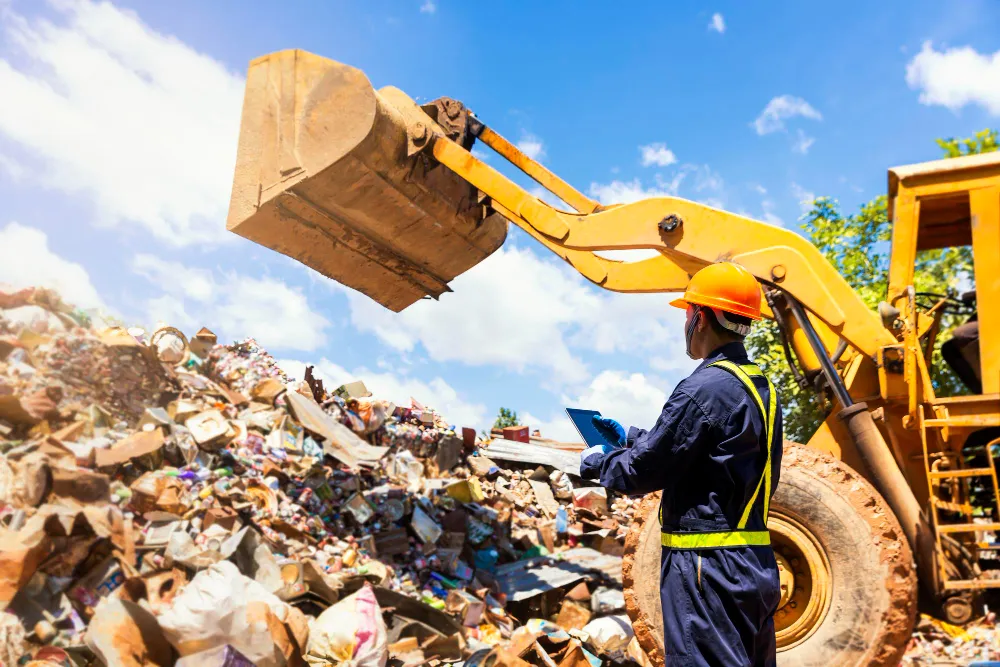
Technology Solutions for Modern Waste Management
Digital tools revolutionize construction waste management by providing real-time data and automated tracking.
Building Information Modeling (BIM)
BIM software calculates exact material quantities needed, significantly reducing over-ordering. Advanced applications can model deconstruction sequences to maximize material recovery.
Smart Monitoring Systems
IoT sensors in waste containers provide real-time fill level data, optimizing collection schedules and reducing collection costs by 20-30% while maintaining site safety.
Mobile Applications
Smartphone apps enable workers to log waste generation, access sorting guidelines, and create audit trails for regulatory compliance.
Specialized Waste Streams
Construction projects generate specialized waste requiring specific handling procedures.
Hazardous Materials
Asbestos: Requires specialized abatement contractors and permitted disposal facilities.
Lead-Based Paints: Must follow EPA RRP rules with specific containment requirements.
Chemical Products: Require hazardous waste manifests and licensed transporters.
High-Value Recyclables
Metals: Steel, copper, and aluminum command premium recycling prices.
Electronics: Building automation equipment contains valuable metals requiring specialized recycling.
Clean Wood: Can be processed into engineered lumber or biomass fuel.
Training and Implementation
Effective waste management requires buy-in from all project participants.
Worker Education
Develop training programs explaining proper sorting techniques and safety considerations. Regular toolbox talks reinforce key concepts and address site-specific challenges.
Management Training
Project managers need knowledge of waste planning, vendor coordination, and performance monitoring for successful program implementation.
Performance Recognition
Implement recognition programs rewarding exceptional waste management performance to encourage continued improvement.
Frequently Asked Questions (FAQs)
What is construction waste management?
Construction waste management is the systematic handling of materials and debris from building projects, focusing on reducing waste generation, reusing materials, and recycling components to minimize environmental impact and costs.
How much does construction waste management cost?
Programs typically cost 1-3% of total project budget but generate savings of 5-8% through reduced material purchases and disposal fees, plus potential revenue from recyclables.
What are the most common construction waste types?
Concrete and masonry (40%), wood products (25%), metals (15%), drywall (10%), and cardboard packaging (5%) make up the majority of construction waste streams.
How can small companies implement waste management?
Start with accurate material estimation, basic on-site sorting using labeled containers, and relationships with local recycling facilities. Focus on high-volume materials like metal and cardboard first.
What regulations apply to construction waste?
Requirements vary by jurisdiction but commonly include waste management plans for large projects, proper hazardous material handling, and documentation of waste disposal methods.
How do you sort construction waste effectively?
Use color-coded containers, strategic placement around work sites, clear signage, and worker training on proper sorting techniques with regular monitoring and feedback.
What materials can be recycled from construction sites?
Most materials can be recycled if properly separated: steel, clean wood, concrete, drywall, cardboard, and specialty materials like asphalt shingles have established recycling markets.
How does technology help waste management?
BIM optimizes material ordering, IoT sensors monitor container fill levels, mobile apps enable waste logging, and analytics predict generation patterns for better planning.
What are the environmental benefits?
Reduced landfill usage, natural resource conservation, decreased emissions from manufacturing, and prevention of soil/water contamination from improper disposal.
How do you create a waste management plan?
Conduct waste audits, set measurable diversion goals, research local recycling options, develop handling procedures, include training requirements, and establish regular monitoring processes.

